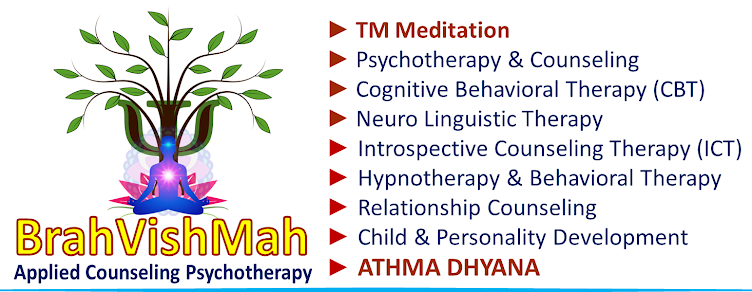Claustrophobia is a form of anxiety disorder, in which an irrational fear of having no escape or being closed-in can lead to a panic attack
Some people have claustrophobia symptoms when they're in all types of closed-up areas. Others notice the problem only when they're in certain cramped spaces, like inside an MRI machine
People affected by claustrophobia will often go out of their way to avoid confined spaces, such as lifts, tunnels, tube trains and public toilets. But avoiding these places may reinforce the fear
The onset of claustrophobia has been attributed to many factors, including a reduction in the size of the amygdala, classical conditioning, or a genetic predisposition to fear small spaces
Symptoms generally develop during childhood or adolescence
Claustrophobia is typically thought to have one key symptoms: fear of suffocation
In at least one, if not several, of the following areas: small rooms, MRI or CAT scan apparatus, cars, buses, airplanes, trains, tunnels, underwater caves, cellars, elevators and caves
When Anxiety Levels Start To Reach A Certain Level, The Person May Start To Experience:
Sweating or Chills or both
Accelerated Heart Rate And A Rise In Blood Pressure
Dizziness, Fainting Spells, Lightheadedness And Frozen In Fear
Dry Mouth
Hyperventilation
Hot Flashes
Shaking Or Trembling And A Sense Of "Butterflies" In The Stomach
Nausea
Headache
Numbness
A Choking Sensation
Tightness In The Chest/Chest Pain And Difficulty Breathing
An Urge To Use The Bathroom
Confusion Or Disorientation
Fear Of Harm Or Illness
Treatment for Claustrophobia
Most people with a phobia are fully aware that they have one. Many people live with claustrophobia without having it formally diagnosed and take great care to avoid confined spaces.
But getting help from a GP and a specialist with expertise in behavioral therapy, such as a psychologist, can often be beneficial.
Claustrophobia can be successfully treated and cured by gradually being exposed to the situation that causes your fear. This is known as desensitization or self-exposure therapy.
You could try this yourself using self-help techniques, or you could do it with the help of a professional.
Cognitive behavioral therapy (CBT) is often very effective for people with phobias
Cognitive behavioral therapy (CBT): The aim is to retrain the patient’s mind so that they no longer feel threatened by the places they fear.
It may involve slowly exposing the patient to small spaces and helping them deal with their fear and anxiety.
Having to face the situation that causes the fear may deter people from seeking treatment
Observing others: Seeing others interact with the source of fear may reassure the patient
Drug therapy: Antidepressants and relaxants can help manage symptoms, but will not solve the underlying problem
Ayurvedic Medicines: Certain non side effect ayurvedic medicines like Ashwaganda and Brahmi will help to cope up with the CBT and other NLP therapies
Relaxation and visualization exercises: Taking deep breaths, meditating and doing muscle-relaxing exercises can help deal with negative thoughts and anxiety
Alternative or complementary medicine: Some supplements and natural products may help patients manage panic and anxiety
MANIVANNAN RJ






No comments:
Post a Comment